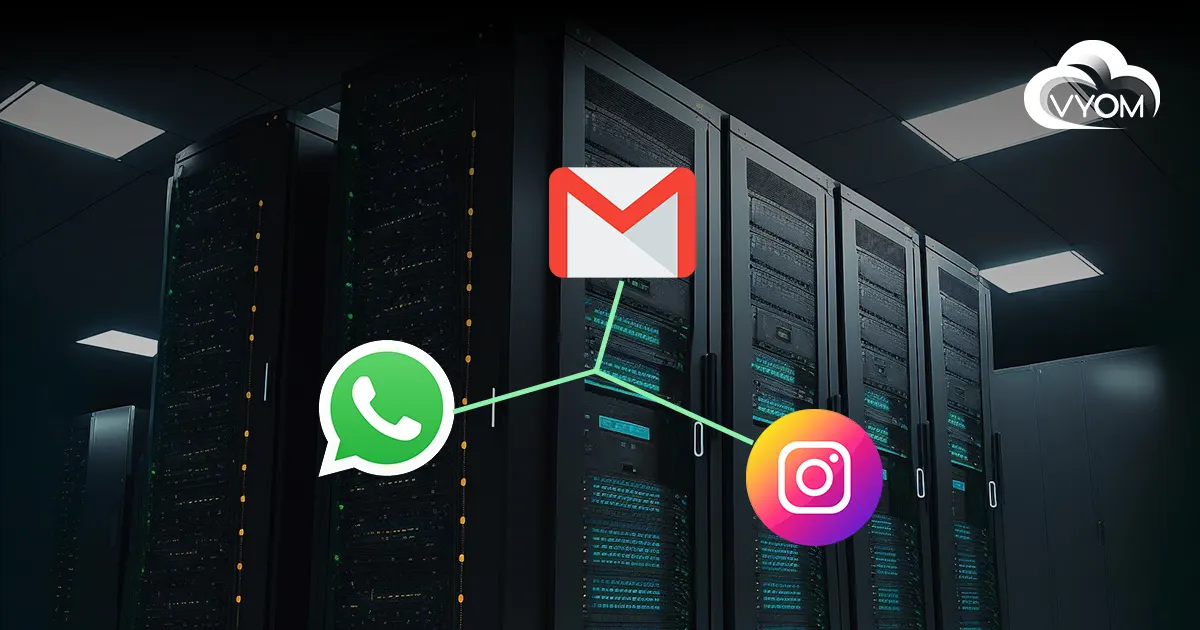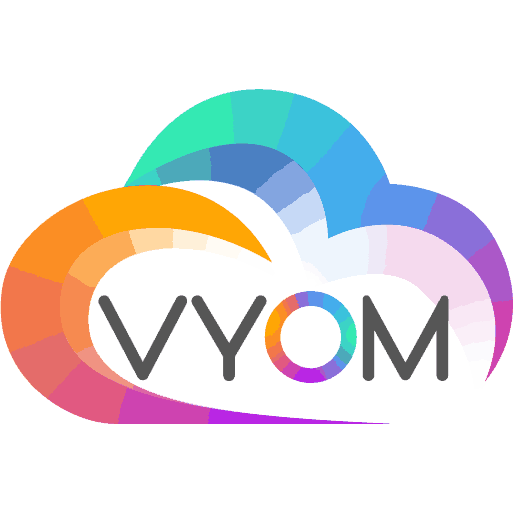- How to Build Your First N8N Automation Step by Step
- Step 1 – Knowing What You Want to Automate
- Step 2 – Install N8N (Locally or on a Server)
- Option A – Quick Local Install
- Option B – Cloud or VPS-secured Setup
- Step 3 – Create Your First Workflow
- Step 4 – Add Logic, Filters, and Conditions
- Step 5 – Add Error Handling and Reliability
- Step 6 – Make It Secure and Scalable
- Step 7 – Expand and Explore More Integrations
- Conclusion
- Frequently Asked Questions (FAQs)
- 1. What is N8N automation?
- 2. Do I need to be a developer to use N8N?
- 3. Can I run N8N on my local machine?
- 4. What is an N8N VPS?
- 5. How do I create my first N8N workflow?
- 6. Can I add conditions or filters to my N8N workflows?
- 7. What are some popular use cases of N8N automation?
- 8. How secure is N8N for enterprise use?
- 9. Does N8N support custom code or API integrations?
- 10. Is it free to use N8N?
How to Build Your First N8N Automation Step by Step
Living in a world where even not more than 15 seconds will break or make your productivity, automations will not be a clever choice to go, but will be a necessity. The great news? You need not be a developer, nor does it take you days to do it. N8N is an automation engine that allows you freedom, control, and no-code versatility to create the workflows you want. Regardless of whether you are a marketer in need of synchronising leads between apps, a developer wishing to streamline API processes, or you need to free yourself of monotonous work, you can easily automate your first process. How? Read further to find out!
Step 1 – Knowing What You Want to Automate
The best thing to do before launching is to sit with a notebook or Notion and write down what you need to automate.
It is like –
- Saving Gmail attachments directly to Google Drive?
- Sending a Slack message whenever a form has been filled in?
- Automatically syncing rows of a Google sheet into Airtable?
- Think trigger to action.
Example –
- In case a new row appears in Google Sheets, send an email through Gmail.
- Automation is just saying how to react to something, when this occurs → then, do that.
- Simplicity in this case will make it easy for the other half to be easy.
Step 2 – Install N8N (Locally or on a Server)
N8N provides you with total flexibility; you can run it on your laptop, on your server, or even deploy it using Docker or on a cloud platform.
Option A – Quick Local Install
In case you are willing to try –
- Install Node.js
- Open your terminal and type –
npm install N8N -g
- Then run –
N8N
This will launch a local version of N8N at http://localhost:5678.
Option B – Cloud or VPS-secured Setup
In case you are thinking about constructing something more important, such as internal company automations or secure workflows, it is recommended to utilize N8N, together with a VPS (such as N8N VPS), behind which the traffic is encrypted and isolated. You can run N8N on VPS or secure containers with assistance of VyomCloud or other server providers.
Step 3 – Create Your First Workflow
So here is the good part. Go to your N8N UI and you will find an empty canvas. Klick on the + click and begin constructing. Let us go through one simple example –
Purpose – Whenever a new form is submitted in Typeform, a Trello card is to be created.
- Trigger Node
- Insert a Typeform Trigger node.
- Download your Typeform account.
- Select the type of the form you need to follow.
- Action Node
- Add a Trello Node.
- Click on the action, Create Card.
- Select the board, list and set the card title of the fields that are submitted by Typeform.
- Connect the Nodes
- Extraction Typeform to Trello.
- It provides a visual transition between them: input and action.
- Test It.
- Typefill in a dummy form answer on Typeform.
- Be the eye-witness of the magic.
- Activate the Workflow
- Toggle should be switched on when the machine is working properly. It is already installed and functioning in the background.
Like that, you have now created your first automation!
Step 4 – Add Logic, Filters, and Conditions
Automation is not a straight line. In N8N, you are able to create decision trees, conditional branches or even loops.
Example –
Consider that you have a 1-5 ratings form. An IF node may be entered after the trigger –
- In case the rating is = or > 4, send a thank-you mail.
- In case the rating is less than 4 -> notify the customer support team.
It takes simply dragging and dropping these IF branches, and following up actions. You are no longer creating rigid chains of work behind, but logic-basing workflows.
That is the area, where N8N beats inflexible platforms with hands down. It grants you liberty and makes logic rules that you can do without scripting.
Step 5 – Add Error Handling and Reliability
Automations break. APIs fail. A column is deleted by some person. However, with N8N you can tackle this intelligently.
- Include error branches to take problems and notify (Slack, Email).
- Use settings retry policies.
- Put time-out on the outside calls.
This will assist in making your automation not silently fail.
Pro Tip – If you want a workflow that you can depend upon in the event of a failure, establish fallback logic. An example is as follows – In case that Trello goes down, backup on a Google Sheet by writing the task to.
Step 6 – Make It Secure and Scalable
This will affect you even when you are not an enterprise user.
- Use credentials – Do not hard code API keys. Use a credential manager that is built-in.
- Limit access – This is particularly necessary on cloud installations. Use environment variables for cfg.
- Implement VPS – When you do something like N8N VPS, your data remains in encrypted tubes. It is confidential, compliant and very secure than shared endpoints.
With teams, you can add-on user roles, logs and even connect N8N to your own auth system in case you require it.
Step 7 – Expand and Explore More Integrations
When you have one workflow down, it opens the doors. It will be possible for you to automate:
- Weekly reports which retrieves information out of APIs and submits it through e-mail.
- Slack bots who are posting on updates on your GitHub repo.
- It synchronizes your invoices between Stripe and your Google sheets.
N8N can be scaled, with more than 200+ integrations and access to all custom code nodes in case required, to the most complex enterprise systems as well as to personal tasks.

Conclusion
Creating your first automation with N8N has little to do with engineering prowess and more to do with the clarity of process. What, when and then what – as soon as you have that mapped out, N8N would be your canvas on which you can paint the process, visually, powerfully, and securely.
Making one or two slight changes to make your life smarter, easier, and more productive is where you need to start. And then, just keep going! And in the event you require enterprise-level roll-outs with VPS security, hosted infrastructure and end to end encryption, then N8N VPSs are available at your call. It is time to stop and to begin automating. Your future workflows are awaiting!
Read More : What is VPS? A Detailed Guide to Virtual Private Servers
Let’s Get Social:
Facebook: https://www.facebook.com/vyomcloudnetwork/
LinkedIn: https://www.linkedin.com/company/vyomcloud/
Instagram: https://www.instagram.com/vyomcloud/
Frequently Asked Questions (FAQs)
1. What is N8N automation?
N8N is a no-code/low-code workflow automation platform that connects apps and services to automate repetitive tasks without needing programming skills.
2. Do I need to be a developer to use N8N?
No. N8N is designed for non-developers too. You can use a visual workflow builder and hundreds of prebuilt integrations to automate without writing code.
3. Can I run N8N on my local machine?
Yes. You can install N8N locally using Node.js and npm. Just run npm install n8n -g and launch it from your terminal to get started.
4. What is an N8N VPS?
An N8N VPS is a virtual private server where N8N is securely hosted with isolated resources, encryption, and scalability—ideal for business-grade automations.
5. How do I create my first N8N workflow?
Start with a trigger (e.g., Typeform submission), add an action (e.g., create Trello card), connect nodes, test the flow, and activate it.
6. Can I add conditions or filters to my N8N workflows?
Yes. N8N supports conditional logic, filters, loops, and error handling to build dynamic, reliable automation processes.
7. What are some popular use cases of N8N automation?
Examples include syncing leads from Typeform to Trello, saving Gmail attachments to Drive, posting GitHub updates to Slack, and syncing Stripe invoices to Google Sheets.
8. How secure is N8N for enterprise use?
When hosted on a VPS, N8N offers high security with encrypted credentials, access control, role-based permissions, and secure data handling.
9. Does N8N support custom code or API integrations?
Yes. You can use Function and HTTP Request nodes to add custom logic or connect to any API not already natively supported.
10. Is it free to use N8N?
N8N offers a free, open-source version for self-hosting. Paid plans and managed N8N VPS options are also available for advanced features and scalability.

